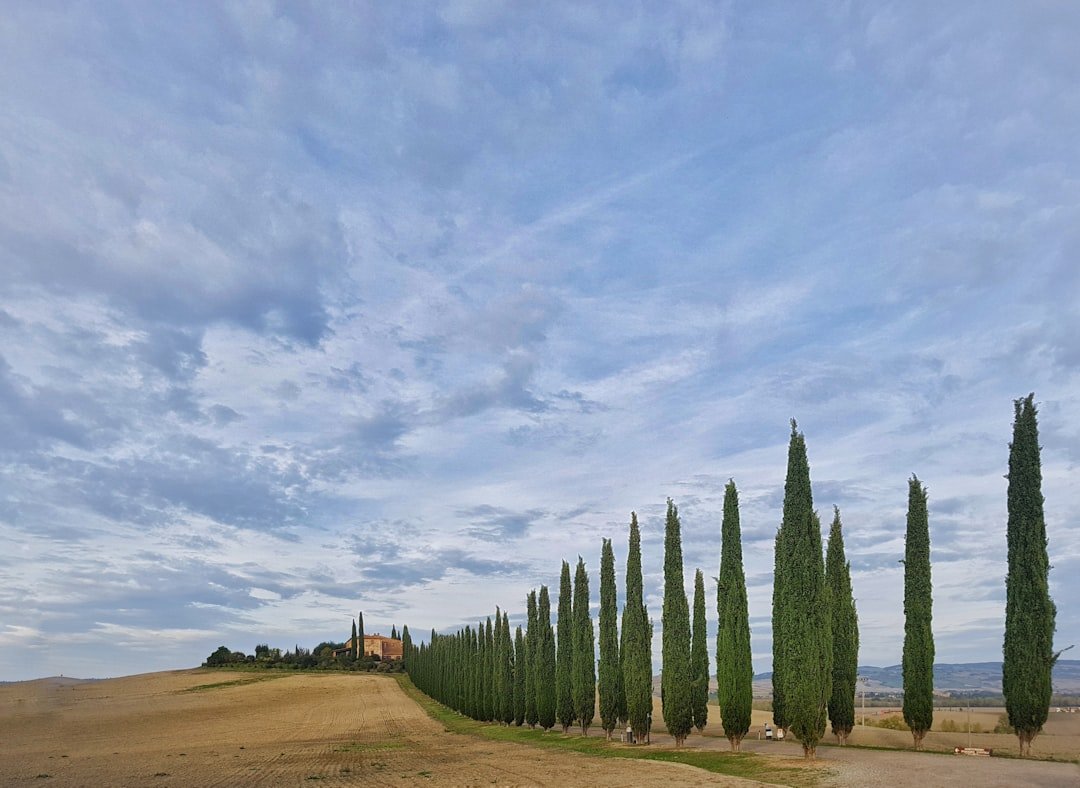Introduction to Italy’s Beloved Dish
Italy. A country known for its world-renowned cuisine, the captivating beauty of its landscapes, and its rich, fascinating history. Among the various dishes that have captured the hearts of food lovers, Lasagna stands as a firm favorite. Yet, you might have also heard the term Lasagne. The question arises, Lasagna or Lasagne: Understanding the Nuances of Italy’s Beloved Dish.
Lasagna Vs. Lasagne: What’s in a Name?
To begin with, let’s clear up the confusion between these two terms: Lasagna and Lasagne. Is there a difference? Yes and no. The variance lies mainly within linguistics. ‘Lasagna,’ spelled with an ‘a’ at the end, is the singular form of the word in Italian, referring to one sheet of pasta. ‘Lasagne,’ spelt with an ‘e’ at the end, is the plural form, signifying more than one sheet. In English-speaking countries, ‘Lasagna’ is used to refer to the dish, while in Italy, ‘Lasagne’ is the preferred term.
Overview of Lasagna / Lasagne’s Rich History
The history of lasagna is deeply rooted within the culinary traditions of Italy. However, it would be historically inaccurate to attribute the creation of Lasagna to a specific Italian region, given that its many versions are the result of different regional contributions throughout history.
The Birth of the Recipe in Naples
The first-ever recipe of lasagna, termed as “lasagne,” appeared in a cookbook in Naples, during the Middle Ages. This basic recipe featured fermented dough, cut into squares, boiled, and spiced.
The Evolution in Emilia-Romagna
Later, in the north of Italy, specifically in Emilia-Romagna, a new type of lasagna emerged. The pasta was made from eggs and flour, resulting in a yellow color, hence the name ‘Lasagne alla Bolognese’. This dish is baked with layers of pasta, béchamel sauce, and ragu.
Exploring the Different Variations of Lasagna / Lasagne
This beloved Italian dish, whether referred to as lasagna or lasagne, presents a delightful variety with a multitude of regional and modern interpretations.
Lasagne Verdi
The traditional style of making lasagna in the region of Emilia-Romagna includes spinach in the pasta dough, giving the sheets a green hue, hence the name ‘Lasagne Verdi’ or green lasagne.
Lasagne Napoletana
In Naples, ‘Lasagne Napoletana’ is a popular version, it includes local sausage, small meatballs, and ricotta cheese.
Conclusion: The Global Phenomenon of Lasagna / Lasagne
Today, the lasagna or lasagne as it is known in Italy, has transformed into an international dish with variations and versions that continue to evolve. Whether it’s vegetarian lasagna, lasagna with seafood, or white lasagna with béchamel sauce, each new interpretation is a testament to the global love and adaptability of this amazing Italian dish.
Even as variations get introduced, the quintessential nature of lasagna remains – pasta sheets layered with flavorful ingredients baked to perfection. Lasagna or Lasagne, this beloved dish, born in the beautiful landscapes of Italy, has crossed borders and warmed hearts, rightfully earning a spot in the universal culinary lexicon.
From Naples in the south of Italy to Emilia-Romagna in the north and across the globe, this delicious dish transcends geography and culture. So, whether you call it Lasagne, as the Italians do, or Lasagna, as understood in English-speaking countries, the aroma and taste of perfectly cooked Lasagna remains irresistibly tantalizing across all taste buds.
The Origin of Lasagna
The history of the mouth-watering dish known as lasagna, or lasagne, originates from Italy. Most food historians believe that lasagna first appeared during the Middle Ages. However, it wasn’t until the Renaissance period that this cherished dish adopted its modern form.
The Evolution of Lasagna Recipes
Merely, in the beginning, lasagna was markedly different from the recipe we know today. Early lasagna was a combination of fermented dough flattened into a thin round cake, layered with cheese and spices, then broiled on a hot stone.
Its evolution into the layered pasta dish filled with various ingredients including meats, cheeses, vegetables and sauces that we know today thanks to the arrival of tomatoes from the Americas in the 16th century. Only then, Italian cuisines began incorporating this tangy fruit into their recipes, giving birth to modern-day pasta sauces.
Lasagna vs Lasagne: Linguistic Nuances
Although often used interchangeably, lasagna and lasagne have slight differences. The word lasagna is singular, referring to a single sheet of pasta. Meanwhile, lasagne is the plural form, denoting multiple sheets of pasta or the dish containing these sheets. In the United States, lasagna is more commonly used and is standard in all contexts.
Regional Variations of Lasagna
Lasagna is not just a dish but a reflection of Italy’s various regional cuisines. While every lasagna consists of pasta layers, cheese, and sauce, the type of these components can significantly vary across regions.
For instance, in the northern region of Emilia-Romagna, lasagna is typically made with green spinach pasta, besciamella (white sauce), and ragu (meat sauce).
In Naples, lasagna is prepared with layers of simple pasta, tomato sauce, mozzarella, and small meatballs, reflecting the southern region’s abundance of tomatoes and fresh mozzarella.
Lasagna: A Global Delight
From its humble Italian origins, lasagna has spread globally, being reinterpreted with local flavors and ingredients. From vegetarian to seafood-centric versions, this dish is indeed a global culinary delight.
| Country | Variation |
|---|---|
| Mexico | Mexican lasagna incorporates spicy ground beef, corn, black beans, and salsa verde. |
| Greece | Pastitsio, often referred to as Greek lasagna, comprises layers of pasta, spiced ground beef, and Bechamel sauce. |
| United States | American lasagna often contains ricotta cheese, layers of meat sauce, and mozzarella cheese, then baked to perfection. |
Whether you call it lasagna or lasagne, this treasured pasta dish continues to reign in our hearts and on our tables, evolving with each new culinary innovation while still clinging fiercely to its Italian roots. The magnificence of lasagna lies not only in its savor but its adaptability, rather as a simple family meal, a potluck staple, or an opulent holiday dish.






































